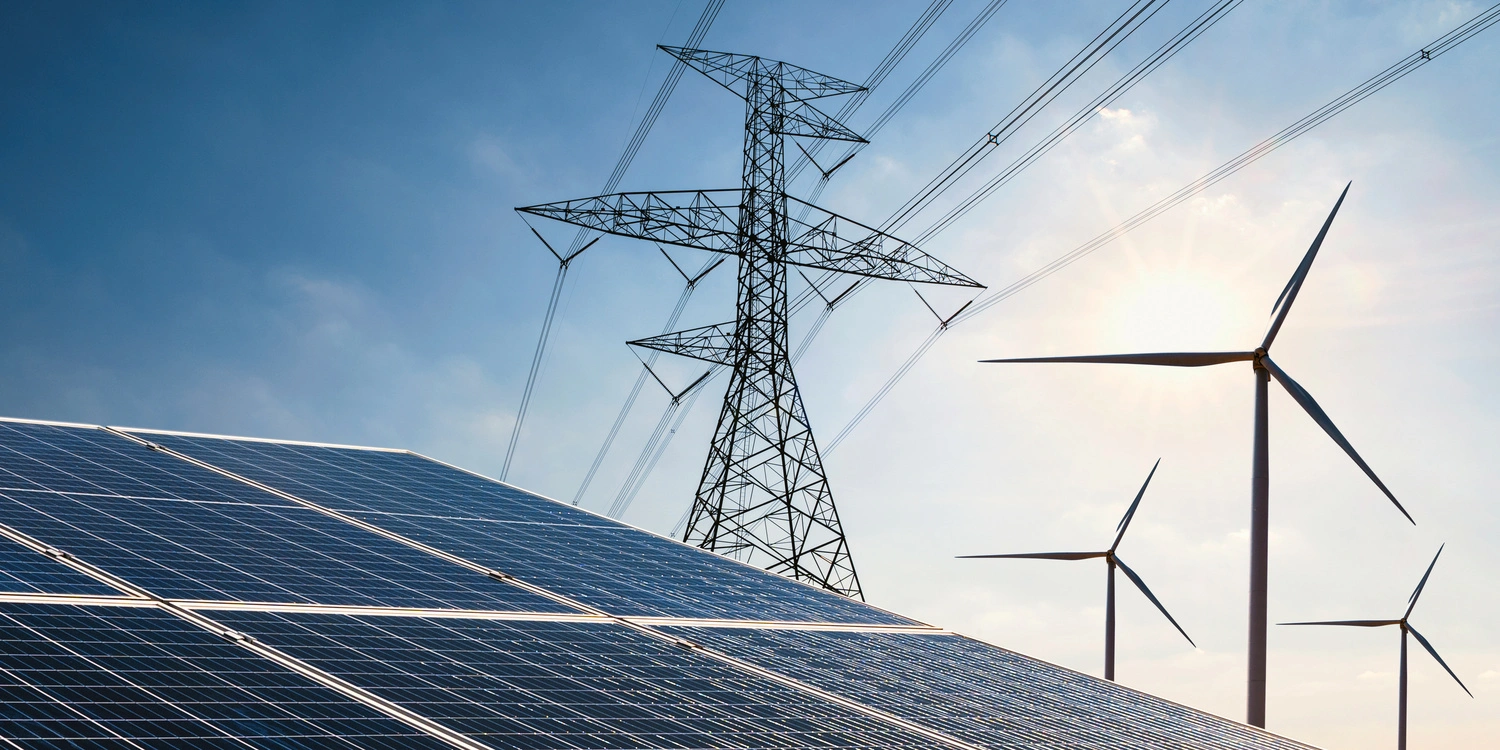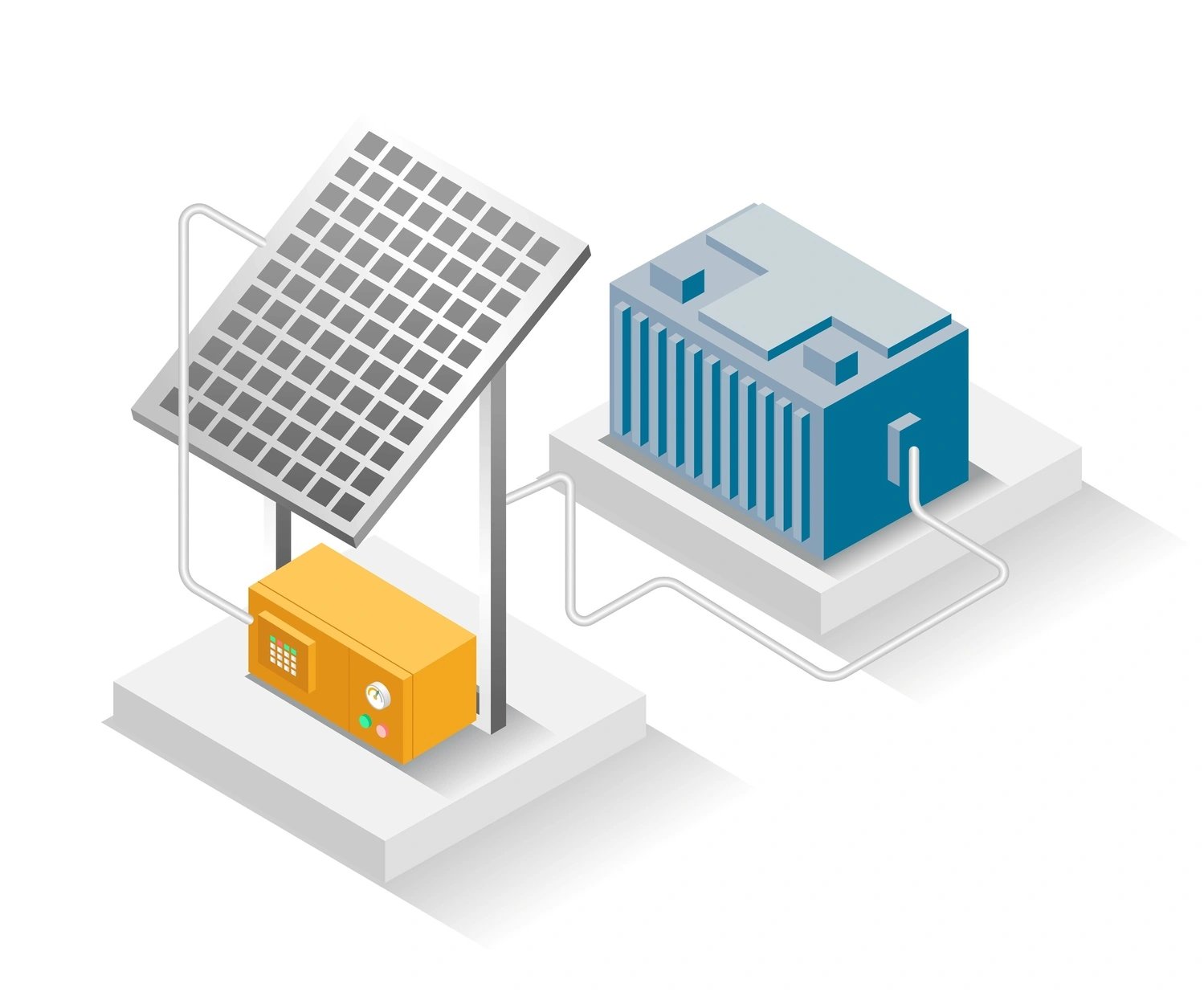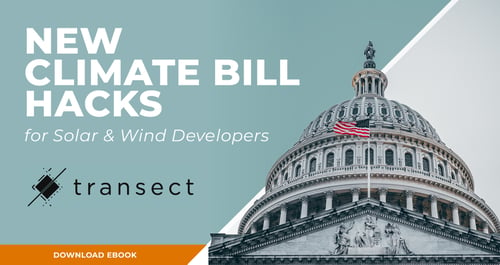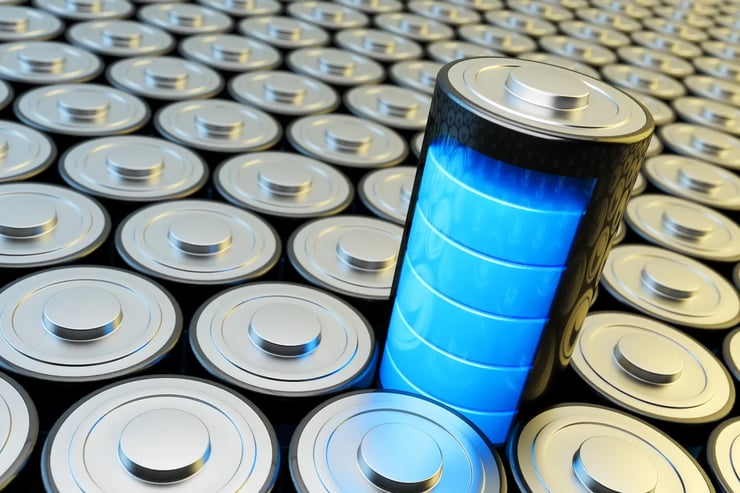
Listen to the audio version
Stealing power from the sun, wind, water, and other renewable energy sources is hardly stealing at all – yet it takes as much planning as any good heist. In fact, it takes more, and we’re only in the infant stages of implementing widespread clean energy solutions.
That doesn’t mean the job is hopeless; however, far from it. It simply means we must take tremendous strides in generating clean energy and turn our attention to storing and distributing it.
It sounds like riveting stuff, we know. But it is absolutely critical that we find solutions for renewable energy storage. Otherwise, we have no hope of meeting the ambitious global decarbonization and climate change goals. Renewable electricity storage goes beyond powering electric vehicles and our air conditioning- it now plays a pivotal role in the future of our environment.
So, what is clean energy storage, exactly? Why is it so crucial to our energy transition? And what else should you know about it? For anyone new to the topic, here’s a quick crash course. Already familiar with it? You might still be surprised by these five critical must-knows about banking renewable energy.
Don’t waste any more time wallowing in climate despair. Put aside your Pepto, grab a notebook … and dig in.
1. We Cannot Transition Away From Fossil Fuels Without Energy Storage Solutions
While we take power generation for granted when flipping on a light switch or grabbing a cold beer from the fridge, it is actually a magical invention at whose altar we should all be worshipping daily. Not only does it supply us with all the power we need (at least in developed countries), but it does so seemingly without effort, to the extent that we don’t even have to notice it is there.
The thing is, though, supplying the exact amount of power asked of it is no mean feat. The grid – an interconnected system of power plants, transmission lines, and consumers – is constantly fighting to stay balanced. Stay with us here because this has massive implications for clean energy.
Too little energy generation and consumers get blackouts. Too much power and power plants risk overload from rising frequencies, and they disconnect. That also means blackouts.
To manage this, power operators do one of two things:
-
Supply energy as needed from natural gas-powered plants. These are easy to regulate, responsive, and highly useful for keeping the grid balanced.
-
Curtail the energy produced by renewable sources. Many types of clean energy – from wind to solar energy and beyond – can have intended fluctuations of energy efficiency, reducing the amount of electricity they produce to prevent the entire energy system from getting overloaded.
Of course, the latter is a massive waste of resources. If we constantly reduce the amount of clean energy we produce to keep the electric grid balanced, how can we ever learn to rely on it entirely?
That’s where storage projects come in. We need a way to save all that bankable renewable power, then deliver it to consumers when needed. If we generate as much electricity as possible while the sun is shining or the wind is blowing, then store it, we don’t have to rev up fossil fuel use to meet supply shortfalls. Makes sense, right?
Now, about that storage for energy projects.
2. Energy Storage is Energy Storage
Yep, we said it: energy storage is energy storage. Because who doesn’t want to start the day off with a good old tautology?
Seriously, though, everyone makes a big fuss about how to store clean energy when the real issue is how to store more energy. But the solutions are already there.
The current primary technology on the market, due to a combination of maturity and affordability, is the lithium-ion battery. Additional energy storage systems include:
- Pumped storage hydropower
- Flywheel energy storage
- Lead-acid batteries
- Redox flow batteries
- Compressed air energy storage
- Green hydrogen
These alternative and battery energy storage technologies exist at various stages of market deployment, with various attendant challenges. The point is, though, they do exist – a fact many people remain unaware of. Apparently, battery storage isn’t trending on Twitter 24/7- even though it totally should be.
So, to circle back to our tautology, we’ve got good news and bad news. The good news is that technologies for storing clean energy are living among us already! We know how to make them and how to use them.
The bad news is that they do not yet have the energy density needed to bank all the power we can generate through renewables – and without that, we can’t transition away from dirty fossil fuels. The challenge of the coming decades will be implementing these storage solutions on a low-cost and large-scale basis, so we never have to curtail renewable energy production again.
3. Discharge Time Really Matters
It’s not enough merely to have energy storage solutions. We need power systems that can hold a charge for an extended period of time.
It doesn’t take much thought to see why: if you can only hold so much power in reserve, you must curtail clean energy production even when the sun and wind come out to play. Later, we don’t have that backup supply on still or cloudy days. Boooooo.
The main problem with energy storage is that the primary solution within the energy storage market – lithium-ion batteries – have a short discharge time. In other words, given the battery’s energy storage capacity and the typical energy demands, its stored energy will only provide a few hours of power. Even considering how quickly these batteries charge, that does not support our long-duration demands.
Other current storage solutions have their own problems. For instance, pumped-storage hydropower provides about instead of 6 for lithium-ion, but it takes up a lot of space and has particular site needs. Hydro and solar power only provide a portion of the hours and gigawatts of energy we need for our grid.
Technologies with longer discharge potential, such as compressed air energy storage and green hydrogen, are years to decades out. We need to work to put them into practice harder, better, faster, stronger.
Sorry, went a little Daft Punk with that one.

4. Clean Energy Storage is a Market Boom Waiting to Happen
We have no choice but to develop these technologies and put them into practice as quickly as possible. Without them, we can’t hope to curb carbon production and meet emissions goals. That means there is an incredible amount of money, effort, and intention being funneled toward such tech from all quarters of government and industry.
Simply put, there has never been a better time to invest in storage systems, and you can’t afford to miss out. If you’re a:
- Clean energy developer or installer
- Venture capitalist or investor
- Landowner with suitable tracts for energy storage
… then it’s worth taking your time to peruse the options today and seeing where they might lead you. There is money to be made here, not to mention a planet to be saved. The boom is now, so don’t wait to get in on it for everyone’s sake.
5. Transect is Here to Help
Energy storage facilities and solutions require land, just like solar panels, turbines, or anything else. Providing the gigawatt-hours of energy we need will take more than a patch of grass, a couple of fuel cells, and a dream. If you’re in the market to develop clean energy power banks, then you need to do your due diligence.
Fun! is exactly what you weren’t thinking.
Happily, we’ve got solutions that will at least make fulfilling those permitting requirements less painful, if not more enjoyable. If you’re looking to invest in energy storage solutions and want to get off on the right foot, feel free to reach out to Transect for a demo today.


